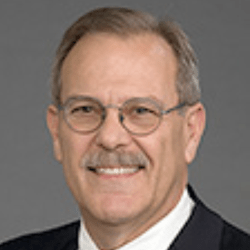Tom Smith presents the fundamentals of invasive blood pressure measurements for preclinical research, including technical considerations, experimental design, and best-practices that lead to accurate and consistent results.
There are many choices available to preclinical and clinical scientists when acquiring a blood pressure data set for research, including disposable transducers with fluid-filled catheters, solid-state catheters with high fidelity, and non-invasive measurement systems. Each of these methods delivers an experimental approach, and level of accuracy that may or may not be ideal for the outcomes desired by the research scientist. For experiments utilizing small laboratory animals such as mice, understanding how to connect the desired end-points in blood pressure data with the right technology is critical to success. This webinar delivers to attendees a basic understanding of the physics of pressure measurement in systemic vascular systems, and explores why solid-state measurement technology is often required for laboratory success.
In this webinar sponsored by ADInstruments, Tom Smith, Professor of Orthopaedic Surgery at Wake Forest School of Medicine, and expert in microsurgery and vascular pressure measurement techniques discusses the fundamental properties of pressure measurements in the vascular system, including the history and physics behind solid-state manometry. In addition, he explains the importance and impact of high fidelity solid-state catheters as it relates to accuracy, consistency and research outcomes.

Thomas L. Smith, Ph.D
Professor, Orthopaedic Surgery Physiology & Pharmacology, Institute for Regenerative Medicine, Biomedical Engineering, Wake Forest School of Medicine
Tom Smith is a professor of Orthopaedic Surgery at the Wake Forest School of Medicine. His research interests range from musculoskeletal adaptation and injury, to Electric Stimulation Therapy, and the study of neuromuscular agents. In collaboration with the Wake Forest Institute for Regenerative Medicine, he is currently researching the use of tissue engineered constructs for repair of peripheral nerve gaps following injury, tissue engineered allografts for ACL, tendon and meniscus repairs, and murine models of myocardial infarction to test stem cell therapies utilizing coronary artery ligations performed as survival surgeries in mice.